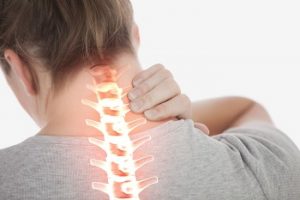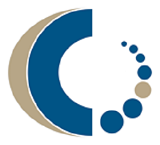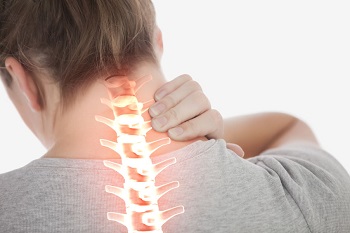Beware of Balance Problems from the Neck
Balance is a vital part of everyday life, where body and brain work in tandem to keep you upright and steady. Balance as we know it combines head control, posture and coordination. Your static balance is how you maintain control while standing in place, while dynamic balance, or coordination, is the control you have as you move. When you’re young, balance is probably not something you think about, but, for older people balance problems are very real and are the major cause of falls and their consequences.
The neck can be a source of balance issues for young or old. Various neurological diseases can affect balance, as can inner ear infections and viruses. For some people, this might present as dizziness or vertigo. Cervical vertigo is dizziness and imbalance that can happen from neck movement, often experienced after accident trauma like whiplash, spinal or head injuries (like a concussion), but it can be due to poor posture or age-related deterioration.
Balance Movement and Co-ordination Systems
The part of the brain affecting balance is the cerebellum. It controls balance, movement and coordination. For the body to maintain balance, it also relies on three sensory subsystems, the vestibular, proprioceptive and visual systems. Neck movement and spinal health can affect all three.
The vestibular system stems largely from the inner ear. It helps balance and body movement through detecting motion and acceleration from interactions with the brain and spinal cord. Any spinal damage can affect the neck and vice versa. The proprioceptive system also operates through the spinal cord, enabling what we recognise as natural reflex actions from complex multiple, but seemingly unconnected, physical movements. Through this system, receptors in muscles and joints take information to the brain via the spinal cord, especially for head and eye movement. The visual system relates what the eyes see to how the body relates spatially. If neck movement is limited in any way, visual range and awareness is also limited.
Diseases and Neck Injuries
More serious diseases linked to neck pain, and dizziness/balance problems as a result, include age-related osteoarthritis or rheumatoid arthritis, tumours, degenerative or herniated disc problems and infections (like meningitis). These require medical diagnosis and treatment, and, in some cases, surgery.
Some neck arthritis, or cervical osteoarthritis is expected as we age. But, several factors also influence both the development and seriousness of it, such as age, genetics and weight. These are factors that can indicate a predisposition for problems or add stress to cartilage and joints. In some advanced cases of cervical osteoarthritis bone spurs can impose on and narrow the spinal canal.
Joint injuries involving the neck can also happen through trauma or injury, such as from a fall or sport. Any compression of the vertebrae can lead to dizziness or balance problems from neck movement. Exercise and health awareness, especially in relation to posture, are important longer-term factors.
Healthy neck, healthy spine, better balance. In otherwise healthy people, poor neck posture can lead to degenerative spine disorders, so looking after neck posture is important for balance. The science of ergonomics is well established in the workplace, mainly focused on elimination forward head posture – commonly referred to as slouching. Chair design, desk height and positioning of computer screens are the main focus in ergonomic design and OH&S process guidelines. By habitually leaning into or down to a screen, such as using a laptop or mobile phone, you can strain neck muscles and add unwanted pressure to the spine. This happens because by looking down, head forward of your shoulders, the upper vertebrae can become hyperextended and the spine misaligned as weight is shifted. Possible problems include neck muscles shortening, headaches, mid-back strain and numbness in arms and hands. All can affect balance.
Quick Tip: Looking after your neck and posture at work involve the following basic dos and don’ts. Ensure your computer screen is at eye level (so your head doesn’t tilt forward), your shoulders are pulled back and your back is flat against the chair (at about a 100 degree angle), with feet flat on the ground (not crossed).


